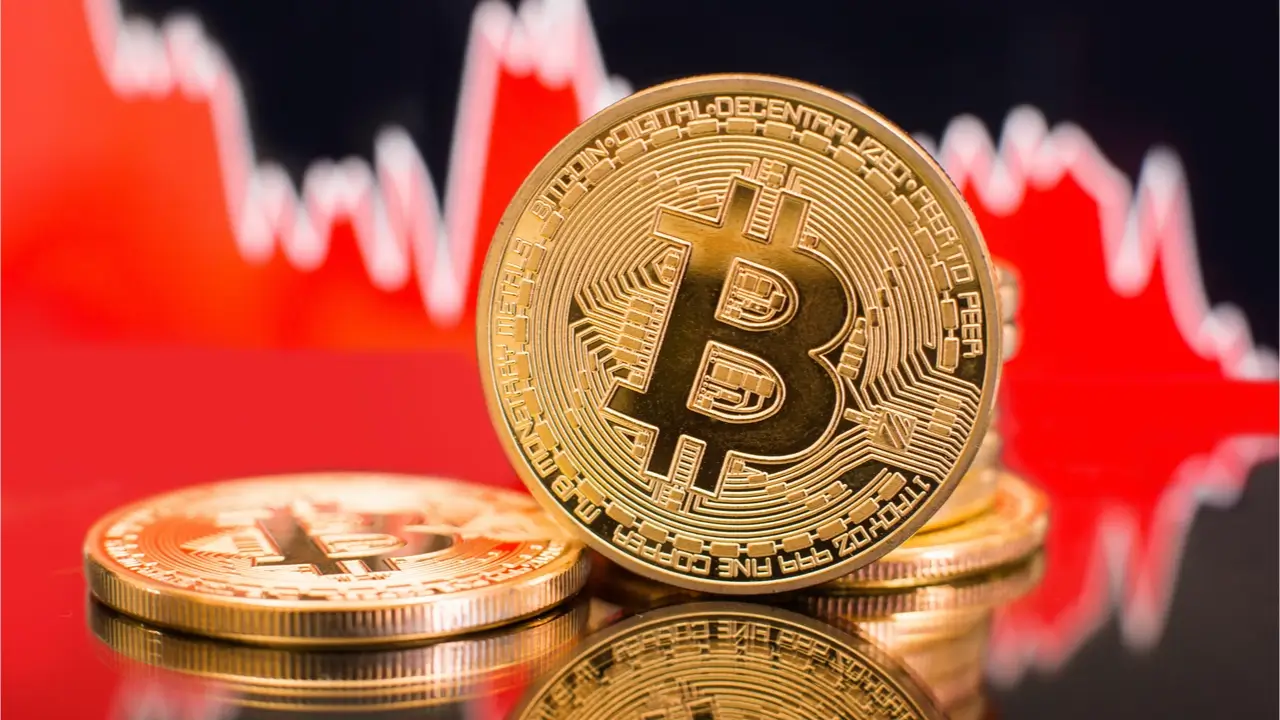Bitcoin Sell-Off Risk Grows as Price Nears $100K Profit Zone
03.05.2025 22:00 1 min. read Alexander Stefanov
Bitcoin may be approaching a major test of market strength, according to new insights from analytics firm Glassnode.
The firm points to a growing risk of sell pressure from long-term holders as BTC edges closer to the $100,000 mark.
These long-term holders—investors who’ve kept their coins untouched for at least 155 days—typically begin offloading assets once their unrealized profits reach a threshold. Historically, that point has been around a 350% gain, which now corresponds to a BTC price just shy of $100K. As Bitcoin hovers in the $90,000s, Glassnode warns this level could act as significant resistance unless buying momentum ramps up to meet the potential wave of profit-taking.
At the same time, data shows long-term holders have been actively accumulating during Bitcoin’s recent climb. Over 254,000 BTC have aged into long-term status since the recent market bottom, with many of those coins purchased at prices above $95,000—signaling confidence among large holders and little indication of selling so far.
However, with a dense cluster of recent purchases in the $95,000–$98,000 range, some investors may look to exit positions if prices return to their entry points. If Bitcoin can overcome this wall of supply and decisively move past $100,000, it could pave the way for a new round of price discovery and fresh all-time highs.
-
1
Elon Musk Unveils His Own ‘America Party,’ Signals Pro-Bitcoin Political Shift
07.07.2025 11:40 2 min. read -
2
Bitcoin Blasts Past $121,000 as Institutions Fuel Rally—Will Altcoins Follow?
14.07.2025 8:15 2 min. read -
3
Bitcoin: What to Expect After Hitting a New All-time High
10.07.2025 14:00 2 min. read -
4
Peter Brandt Issues Cautious Bitcoin Warning Despite Bullish Positioning
10.07.2025 20:00 2 min. read -
5
Vanguard Now Owns 8% of Michael Saylor’s Strategy, Despite Calling BTC ‘Worthless’
15.07.2025 17:09 2 min. read
Global Money Flow Rising: Bitcoin Price Mirrors Every Move
Bitcoin is once again mirroring global liquidity trends—and that could have major implications in the days ahead.
What is The Market Mood Right Now? A Look at Crypto Sentiment And Signals
The crypto market is showing signs of cautious optimism. While prices remain elevated, sentiment indicators and trading activity suggest investors are stepping back to reassess risks rather than diving in further.
What Price Bitcoin Could Reach If ETF Demand Grows, According to Citi
Citigroup analysts say the key to Bitcoin’s future isn’t mining cycles or halving math—it’s ETF inflows.
Is Bitcoin’s Summer Slowdown a Buying Opportunity?
Bitcoin may be entering a typical summer correction phase, according to a July 25 report by crypto financial services firm Matrixport.
-
1
Elon Musk Unveils His Own ‘America Party,’ Signals Pro-Bitcoin Political Shift
07.07.2025 11:40 2 min. read -
2
Bitcoin Blasts Past $121,000 as Institutions Fuel Rally—Will Altcoins Follow?
14.07.2025 8:15 2 min. read -
3
Bitcoin: What to Expect After Hitting a New All-time High
10.07.2025 14:00 2 min. read -
4
Peter Brandt Issues Cautious Bitcoin Warning Despite Bullish Positioning
10.07.2025 20:00 2 min. read -
5
Vanguard Now Owns 8% of Michael Saylor’s Strategy, Despite Calling BTC ‘Worthless’
15.07.2025 17:09 2 min. read


